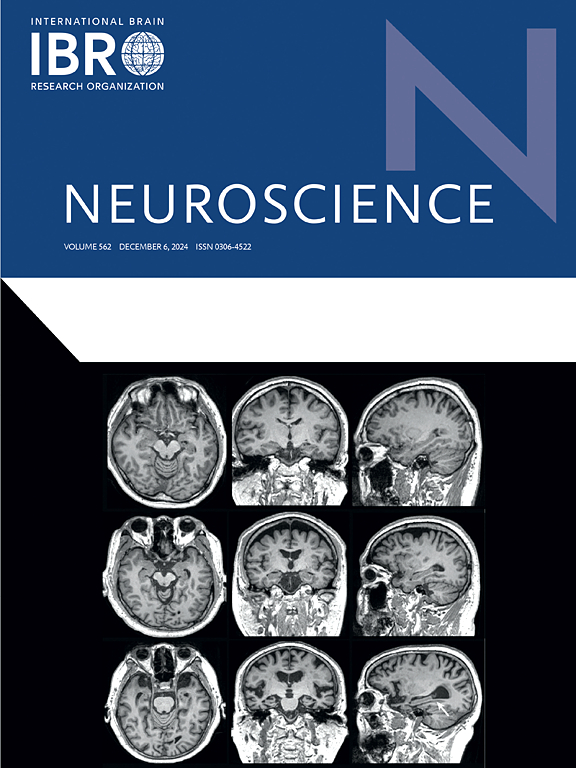Decoding goal-habit brain networks of OCD from the structural and functional connectivity
IF 2.9
3区 医学
Q2 NEUROSCIENCES
引用次数: 0
Abstract
Obsessive-Compulsive Disorder (OCD) may involve an imbalance between goal-directed and habitual learning systems, and this study investigates the structural and functional brain networks underpinning these systems in OCD. Using predefined brain regions, structural and functional connectivity networks were constructed, and methods such as network-based statistics, average connectivity strength, structural–functional coupling, and partial least squares path modeling were employed to compare OCD patients and healthy controls. The results revealed that OCD patients showed increased structural connectivity within both the goal-directed and habitual learning networks, particularly in the subnetwork that connects these systems. However, functional connectivity strength was reduced in both the habitual learning network and the subnetwork connecting goal-directed and habitual learning systems. The symptoms of ordering and hoarding are, to some extent, correlated with the structural–functional coupling network and network characteristics. These findings suggest that alterations in both structural and functional brain networks underpin goal-directed and habitual learning in OCD, with increased structural connectivity potentially reflecting compensatory mechanisms, while reduced functional connectivity may contribute to the symptoms of OCD. Further research is required to better understand the complex interplay between these learning systems in OCD, considering symptom heterogeneity and disease’s progression.
从结构和功能连通性解读强迫症的目标-习惯脑网络。
强迫症(OCD)可能涉及目标导向和习惯性学习系统之间的不平衡,本研究探讨了强迫症中支撑这些系统的结构和功能大脑网络。利用预先定义的脑区,构建结构和功能连接网络,并采用基于网络的统计、平均连接强度、结构-功能耦合和偏最小二乘路径建模等方法对强迫症患者和健康对照组进行比较。结果显示,强迫症患者在目标导向和习惯性学习网络中,尤其是连接这些系统的子网络中,都表现出了更高的结构连通性。然而,在习惯学习网络和连接目标导向和习惯学习系统的子网络中,功能连接强度都有所降低。排序和囤积的症状在一定程度上与结构-功能耦合网络和网络特征相关。这些发现表明,结构和功能大脑网络的改变是强迫症目标导向和习惯性学习的基础,结构连接的增加可能反映了代偿机制,而功能连接的减少可能导致强迫症的症状。考虑到症状异质性和疾病进展,需要进一步的研究来更好地理解强迫症中这些学习系统之间复杂的相互作用。
本文章由计算机程序翻译,如有差异,请以英文原文为准。
求助全文
约1分钟内获得全文
求助全文
来源期刊

Neuroscience
医学-神经科学
CiteScore
6.20
自引率
0.00%
发文量
394
审稿时长
52 days
期刊介绍:
Neuroscience publishes papers describing the results of original research on any aspect of the scientific study of the nervous system. Any paper, however short, will be considered for publication provided that it reports significant, new and carefully confirmed findings with full experimental details.
 求助内容:
求助内容: 应助结果提醒方式:
应助结果提醒方式:


